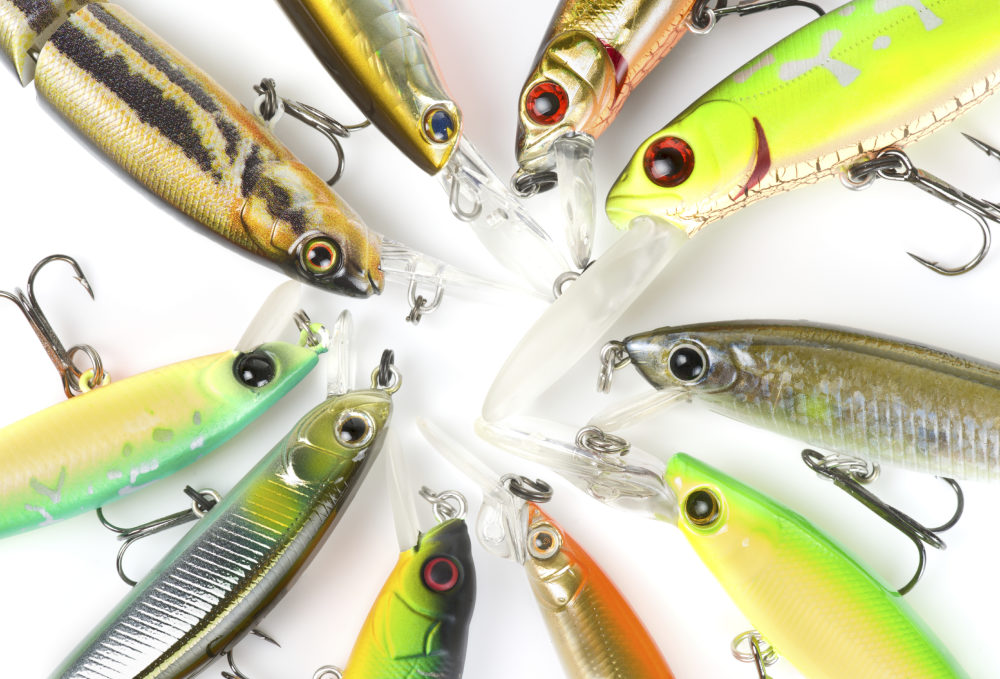Fishing resources and tips for the empowered female angler.
5 Tips on Fishing Jerkbaits for Bass
November 15, 2018
If you talk to most any avid bass angler, they’ll tell you that fishing jerkbaits following a cold front can be a formula for big bass success in clear water conditions. Jerkbaits are a productive option in clear water when temperatures drop because they allow you to cover a considerable amount of water quickly, while also being one of the best lures to use for eliciting a reaction strike from a sizable fish.

When selecting a rod, try to use a 7-foot medium-light graphite rod with a fast action tip. The extra length will help you achieve greater distance on your cast, and the fast action tip is key to obtaining the most action from your lure on the twitch or jerk portion of your retrieve. Once you have your rod selected and your gear ready, consider the five tips below when fishing suspending jerkbaits for bass.
- When the water temperature drops, look for schools of dying threadfin shad, and focus on fishing suspending jerkbaits in those areas. Threadfin shad are extremely sensitive to changes in temperature and dissolved oxygen. Whenever the water temperature quickly drops down into the 40 to 50 degree range, you’ll notice dying shad floating on or beneath the surface. These dying shad make an easy meal for a hungry bass, and jerkbaits are effective at mimicking the action of this popular bass prey.
- Pay close attention to the level of water clarity because jerkbaits are visual baits. If the bass can’t see the bait, you’re not going to get as many strikes. Water with 18 to 24 inches of visibility is important when fishing jerkbaits.
- Rapala’s Husky Jerk is an example of one suspending hard jerkbait that you can use when the water temperature drops down into the 48 to 55 degree range. There are many types of jerkbaits that are made by different manufacturers in the suspending jerkbait category, but the Husky Jerk is one of the most popular hard jerkbaits. When threadfin shad are the predominant forage, try a transparent body shad pattern to match the hatch.
- Once you know where to fish and what to use, keep refining your retrieve until you get your lure down to the desired depth. Try jerking or twitching it a few times, then let it sit motionless for a couple of seconds. Keep repeating this technique until your lure comes all the way back to the boat.
- If it happens to be a windy day, there will be a higher level of dissolved oxygen in the water and the bass will be more active. Try using a faster retrieve on windy days when fishing jerkbaits, and you’re likely to get more strikes.
Remember that suspending jerkbaits are just one type of jerkbait that happen to work well in the conditions described above. There are other types of jerkbaits (hard and soft) that have been designed for different conditions. You can start by practicing with suspending models, then learn more about other types of jerkbaits and associated techniques.